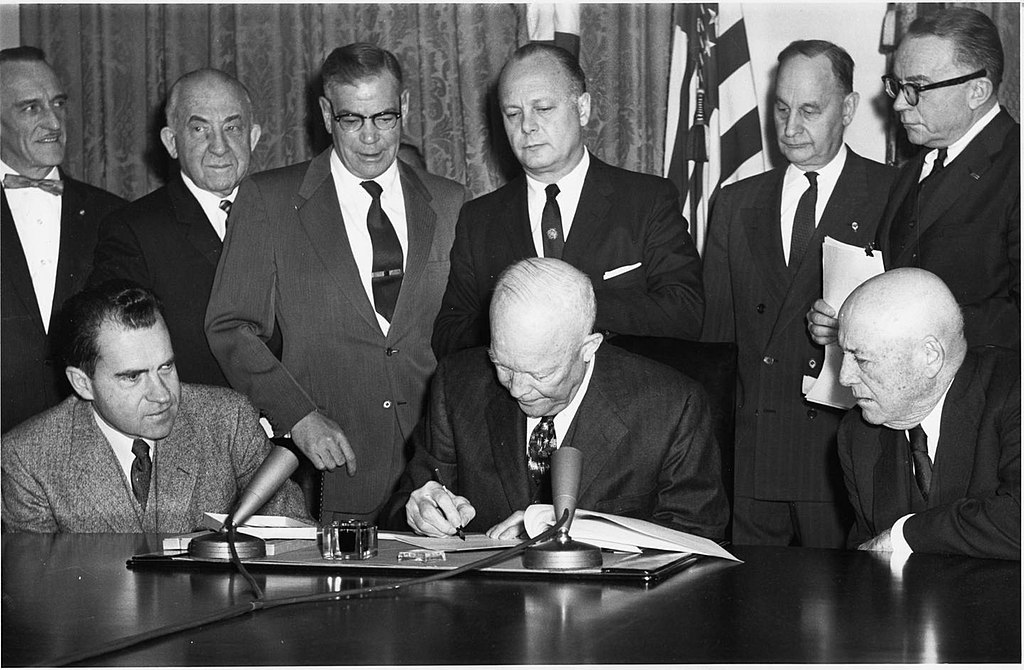On January 3, 1959, President Dwight D. Eisenhower officially admitted Alaska as the 49th state of the United States. Alaska had previously been a territory, and its citizens had been seeking statehood for many years. The strategic importance of the land became evident to American politicians during World War II, which played a significant role in the push for statehood.
As a territory, Alaska had no federal voting rights or representation. Delegate James Wickersham introduced the first bill for statehood in 1916. The bill was never passed due to a lack of interest from Alaskan citizens. Governor Ernest Gruening and Delegate Edward Lewis Bartlett made another push after World War II and rallied Alaskans. Bartlett introduced bills again in 1947 and 1950.
The bill wasn’t passed until 1958 due to opposition from powerful Republican Congressmen. Alaska leaned Democratic, so its new representatives could tilt the balance. Democrats struck a deal to get Alaska accepted as a state: Hawaii, which was Republican, would gain statehood simultaneously. The Alaska Statehood Act passed the House of Representatives on May 28, 1958, and the Senate on June 30.
Though Eisenhower was initially concerned about Alaska’s proximity to Russia and its large amount of federally owned land, he signed the bill into law on July 7. On August 26, Alaskans held a special poll to reaffirm their desire for statehood. The poll passed by a margin of six to one. On January 3, 1959, Eisenhower signed the proclamation officially making Alaska the 49th state.

